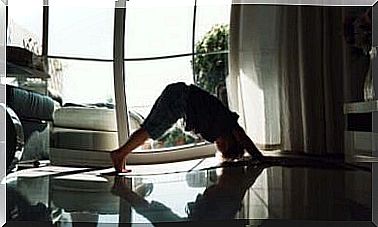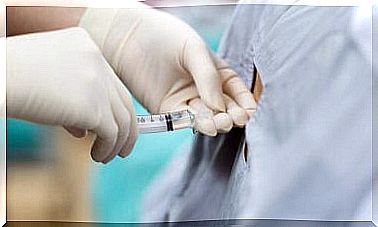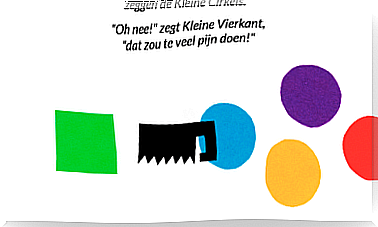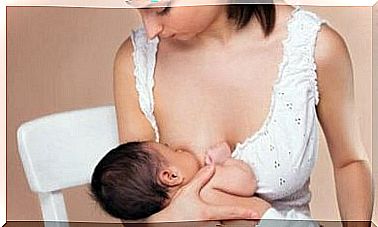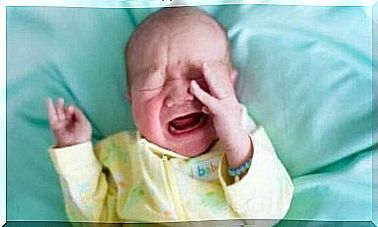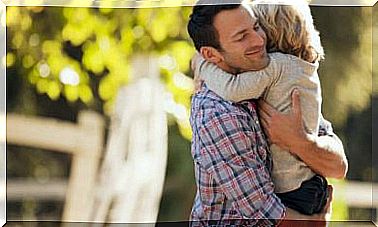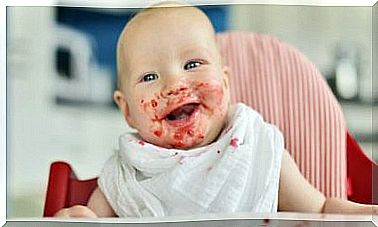All About Flea And Spider Bites In Children
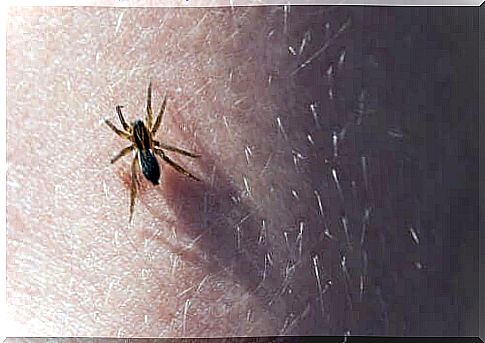
The vast majority of flea and spider bites in children are non-toxic and usually do not transmit disease. However, the two differ when it comes to the appearance of the lesions they leave on the surface of the skin.
Fortunately, there are preventive measures and ways to manage them at home. Today we will therefore tell you all about it.
Types of Spiders
Different species of spiders produce symptoms that are characteristic of the species. Although the typical lesion of a spider bite is manifested by two inoculation points covered with a scab, the symptoms described below can be a guide to the type of spider responsible for the bite:
- Recluse spider : This type of spider is a house spider, and the variant in the United States is usually not too venomous, although bites sometimes require medical attention. The elemental lesion causes mild pain and a reddish halo after a few hours. This will later develop into a necrotic ulcer.
- Tarantula: A tarantula bite causes pain, but only local reactions. In addition to biting, this spider also has thin hairs that cover its body and legs, which can trigger allergic reactions.
- Black widow spider: A black widow spider bite usually goes unnoticed at the time, but after a few minutes, intense pain and increased body sweats appear.
Signs and Symptoms of Flea and Spider Bites in Children
The magnitude of the skin reaction to flea and spider bites is generally greatest in early childhood. It then slowly decreases as the child gets older.
However, while all bites can cause allergic reactions, the severity of the reaction depends on the individual and the degree of sensitivity to the insect’s venom.
Mild Signs and Symptoms
A mild skin reaction often occurs at the site of the sting, causing pain and itching around the sting or bite. In some cases, a more significant reaction may be triggered, which will appear in the form of a larger red lesion (erythematous) and with a raised appearance (due to edema). Sometimes small watery blisters may also appear.
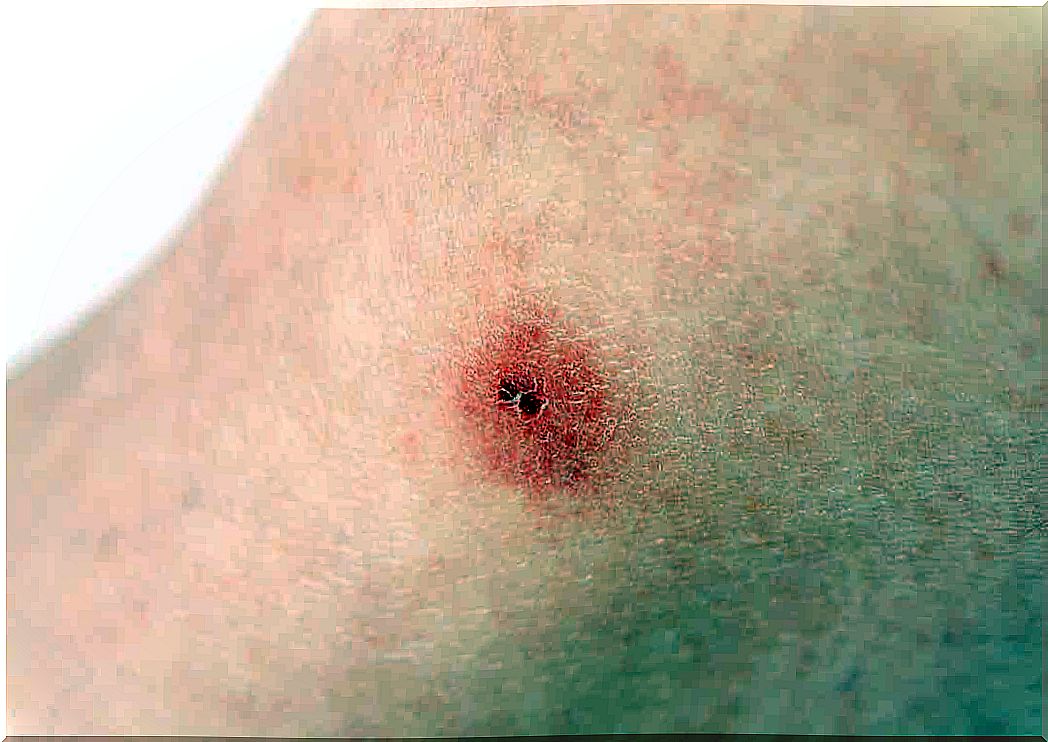
With regard to the type of insect, we observe, among others, the following features:
- The characteristic lesions of spiders consist of colored papules with two central dots.
- Flea bite lesions cause a lot of local irritation, but rarely develop more extensive allergic reactions. They are characterized by the presence of multiple small papules that cluster on areas of the body where clothing fits closely.
Preventing flea and spider bites in children
Prevention is always better than having to treat skin lesions caused by insects. To do this, you can use some of the following strategies:
Insect Repellents
The most effective repellents are those containing icardin or the chemical N,N-diethyl-meta-toluamide (DEET). There are several products with this formula that have been specially developed for children.
Current recommendations from the American Academy of Pediatrics state that products containing DEET should not be used on children under 2 months of age. And after this age and up to 6 months, the concentration of this compound in repellents should not exceed 10%.
Outdoors
There are also preventive measures to avoid insect bites in clearings. For example, consider the following:
- Cover prams with mosquito nets.
- Dress children with long sleeves and pants.
- Ensure adequate hygiene in the rooms and ventilate them regularly.
- Deep cleaning of the corners of the house.
- Deworm pets periodically.
- Do not walk barefoot on the lawn.
The treatment of flea and spider bites
In most cases, flea and spider bites on children can be treated at home. However, in cases where the reaction is more severe, you should consult a doctor.
When a spider bite injury is detected, the first thing to do is wash the area and apply a cold compress. Depending on the symptoms, pain-relieving medication, topical corticosteroids, or antihistamines may be needed.
With each bite, it is important to avoid scratching so as not to cause an additional bacterial infection.
When should you see a doctor?
In rare cases, children can also have a severe allergic reaction called anaphylaxis. Therefore, if the child has symptoms or signs of anaphylaxis, you should immediately call an ambulance. These are the warning signs for this condition:
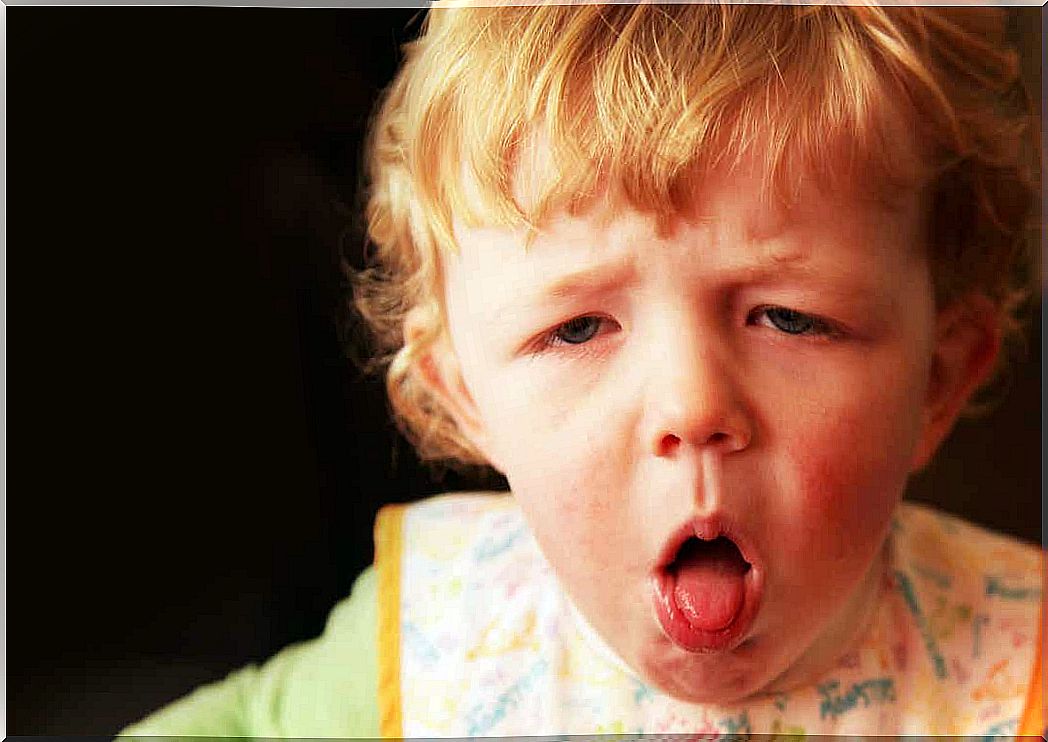
- Coughing, wheezing or choking.
- Slurred speech and/or a hoarse voice.
- A generalized rash (hives) or severe itching.
- Difficulty breathing and swallowing.
- Tongue and lipedema.
- Pass out.
- Paleness or flaccidity in young children.
In addition, flea and spider lesions in children can cause cellulitis around the lesion. This is evident when the skin looks warmer, redder and feels sore. In this case, the child should start antibiotic treatment.
Conclusions Regarding Flea and Spider Bites in Children
Flea and spider bites in children are common conditions where only topical treatment and management of signs and symptoms is sufficient. Likewise, when in doubt, medical consultation with a specialist should be sought.
